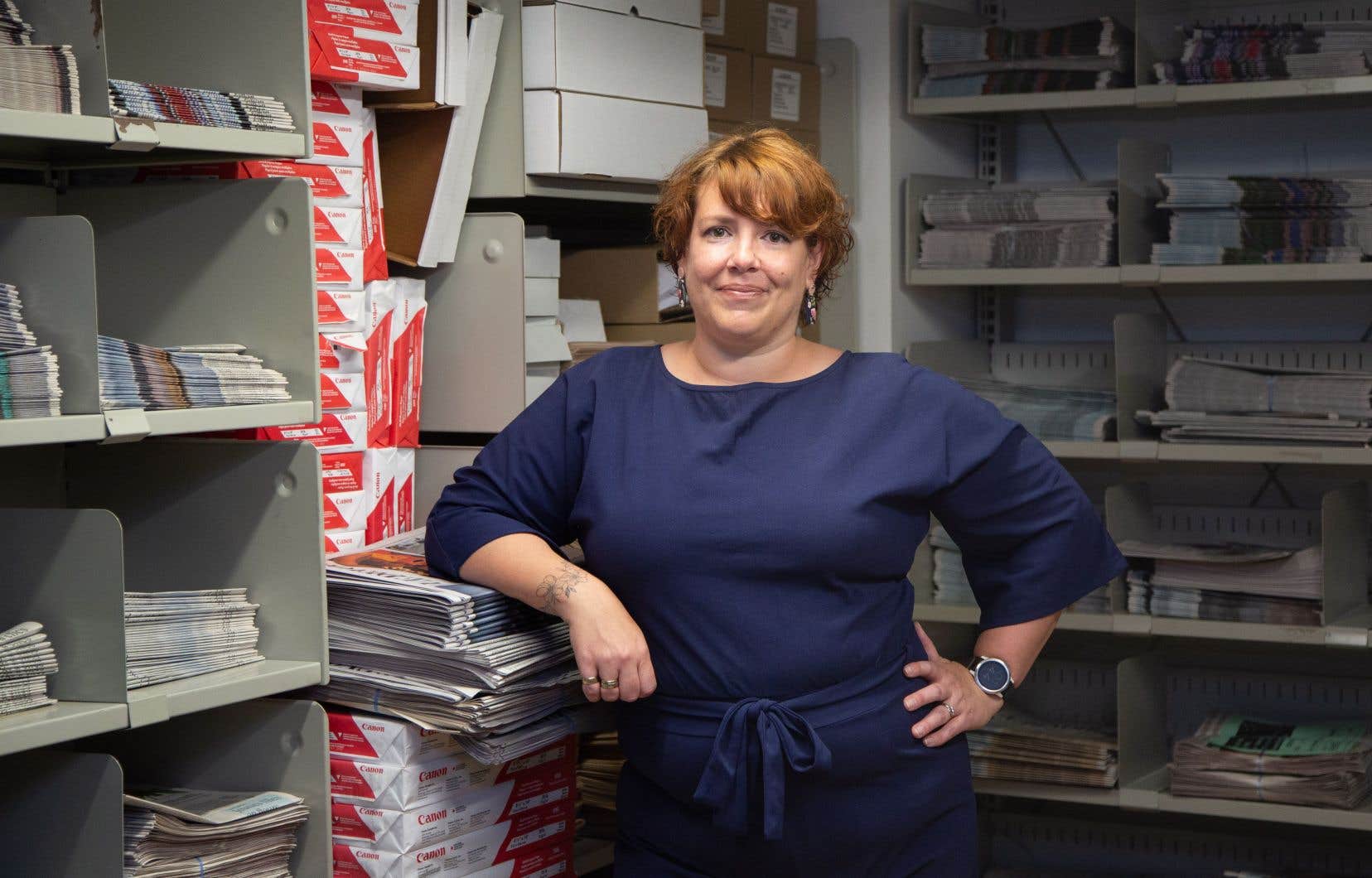Public trust in the media has been undermined in recent years, and lack of understanding of the journalistic profession is certainly not unrelated. To set the record straight, reporter Marie-Ève Martel takes up her pen to explain, in a new essay, the workings of the profession, debunking certain stubborn myths along the way.
“A journalist is not just someone who has a platform and who takes advantage of it to write or say what he wants. There are a series of rules, standards, which govern the profession to guarantee quality journalism to the public,” immediately launches in an interview journalist Marie-Ève Martel, who is publishing these days at Éditions Somme tout l’ essay No rabbit in the hat.
With fifteen years of experience in this “vocational profession”, she notes with desolation the extent to which citizens often have false ideas about the fourth power, influenced by cultural productions which idealize, denigrate or caricature it. A situation which, according to her, is not without consequences on the trust they place in the media, a trust that has been constantly declining for several years.
She therefore decided to devote an entire book to the workings of her profession. As a journalism lecturer at the University of Montreal, she was already working to popularize the ethical and professional standards of the profession to apprentice journalists, so why not make it a book accessible to the general public?
Getting back to basics
“If there’s one thing a journalist is not, it’s a magician. […] He must work with the truth, the naked truth: he brings it to light, he presents the facts as they are, without trying to distort them. It is therefore, unlike the magician, when his audience understands all the ins and outs of his role that the journalist succeeds in carrying out his work well,” she explains straight away in No rabbit in the hat.
I prefer to speak of “honest subjectivity” rather than journalistic objectivity
Throughout the approximately 160 pages of her essay, she returns to the basics by focusing on several essential notions such as the public interest, the public’s right to information and even freedom of the press. She then presents the behind the scenes of good reporting, relying on examples and counter-examples that have stood out in recent years. She thus recalls that it is the search for truth that guides the profession and returns to the importance of reporting the news by having verified and counter-verified it, and of always presenting both sides of the coin of a story, not to have bias and to avoid any conflict of interest.
She also focuses on recalling the difference between a journalist and a columnist. “This is THE most basic thing that is important for people to understand. Many still have difficulty differentiating a column from a report. They then begin to accuse a columnist of being biased, when it is his job to deliver his opinion on a subject, unlike the journalist, who must remain objective,” underlines Marie-Ève Martel.
She also looks at this famous notion of journalistic objectivity, which is increasingly called into question within the profession itself. “I prefer to speak of “honest subjectivity” rather than journalistic objectivity, in the sense that, by not claiming total objectivity, the journalist remains aware of his own biases which can, without him even realizing it account, influence the way in which he treats his subject,” she writes.
Good readers
With this work, the journalist wishes to give citizens the tools to become better consumers of news. By better understanding how a journalist works, they will appreciate journalistic work more, she hopes. They will also be better able to judge the quality of information circulating online and to detect false news more quickly.
“It is one of the most fundamental rights to not like a report or to judge that a journalist has done his job poorly. But there, at least, it gives tools, food for thought to judge whether a journalist has really done his job badly,” notes Marie-Ève Martel, recalling that it is “our duty to correct [les erreurs] as soon as they are brought to our attention.
She thus devotes a whole chapter to the mechanisms put in place to allow the public to act as watchdogs of the fourth power, by becoming, in a way, the fifth power. Anyone can write to journalists or their superiors to report an error, or file a complaint with the Quebec Press Council or the Radio-Canada ombudsman.
“We are not perfect. With the reality of media seeking to reinvent themselves to survive, […] Sometimes, wouldn’t we want to go too quickly to get the news out? It sure happens. »
